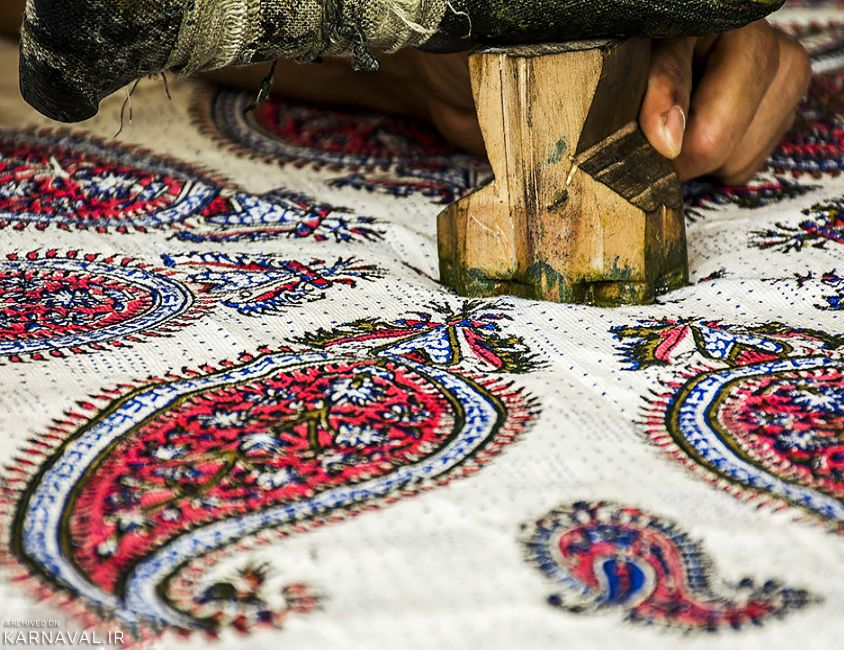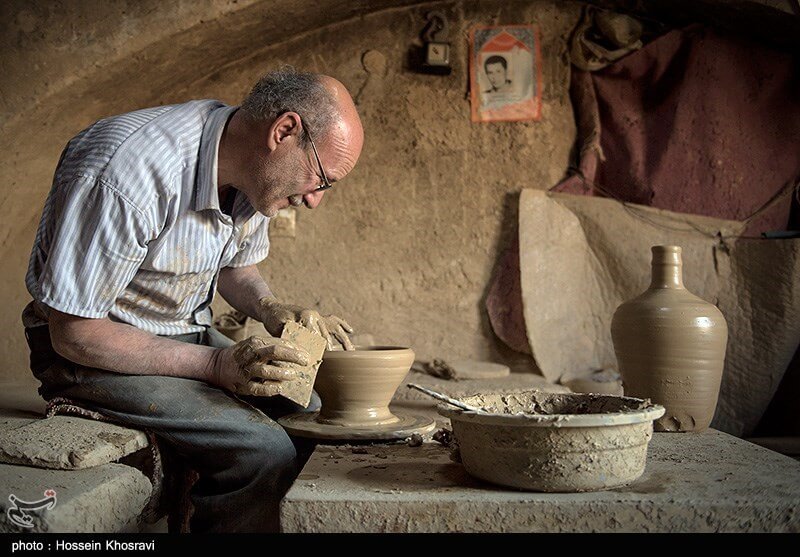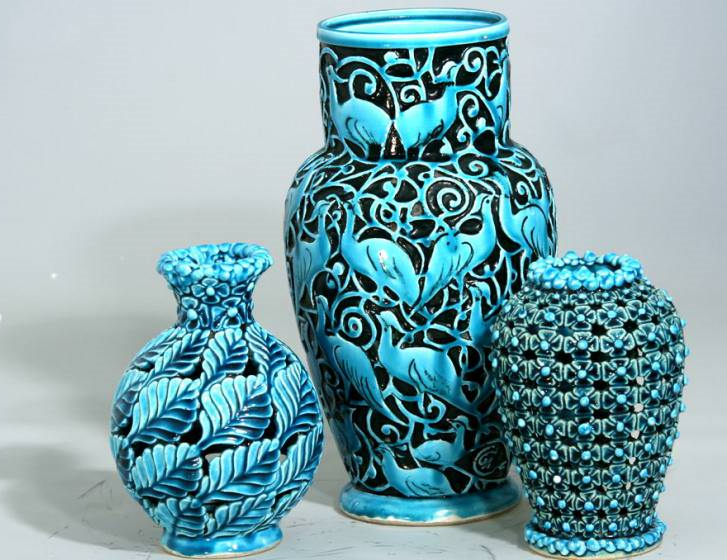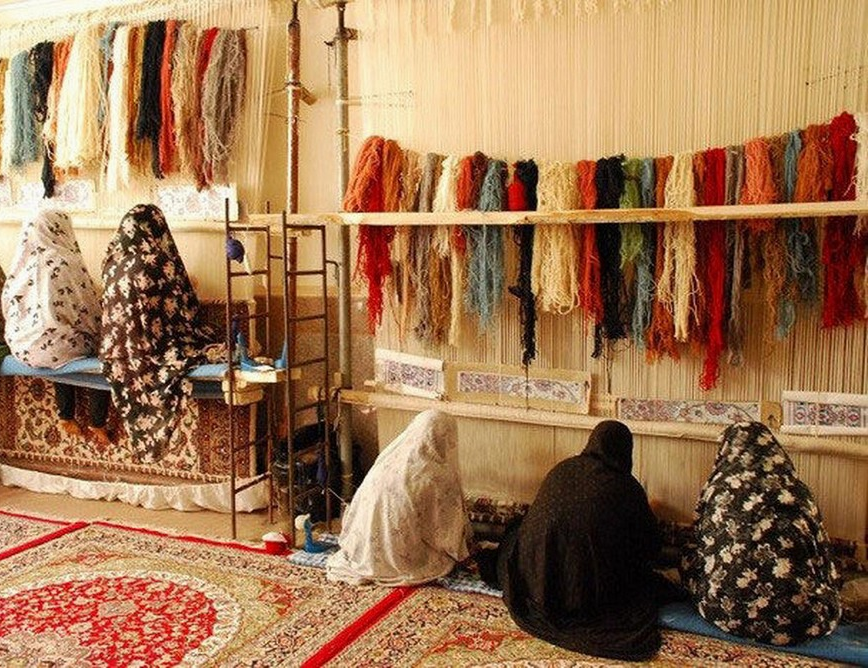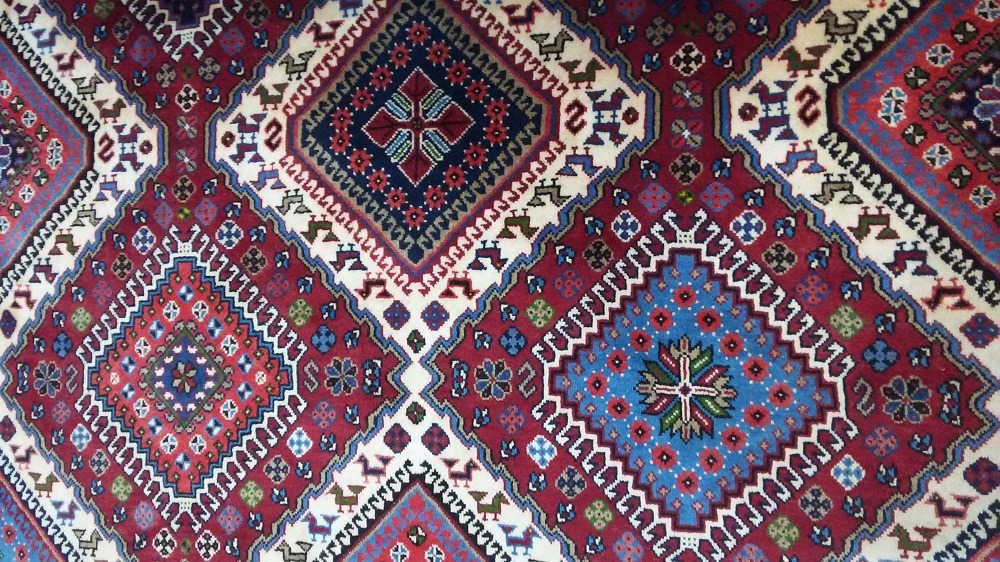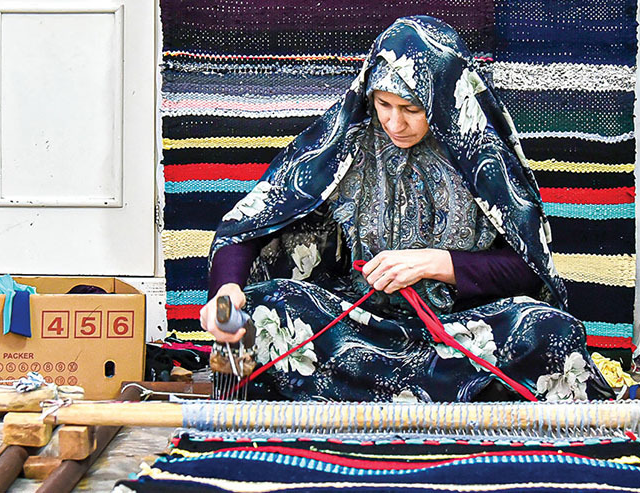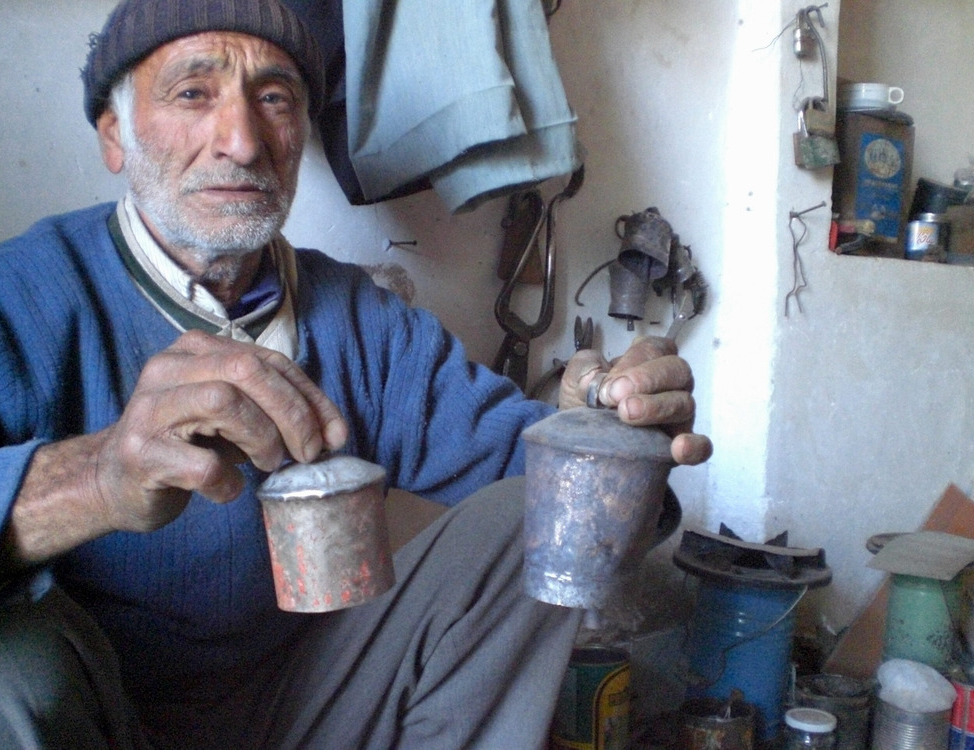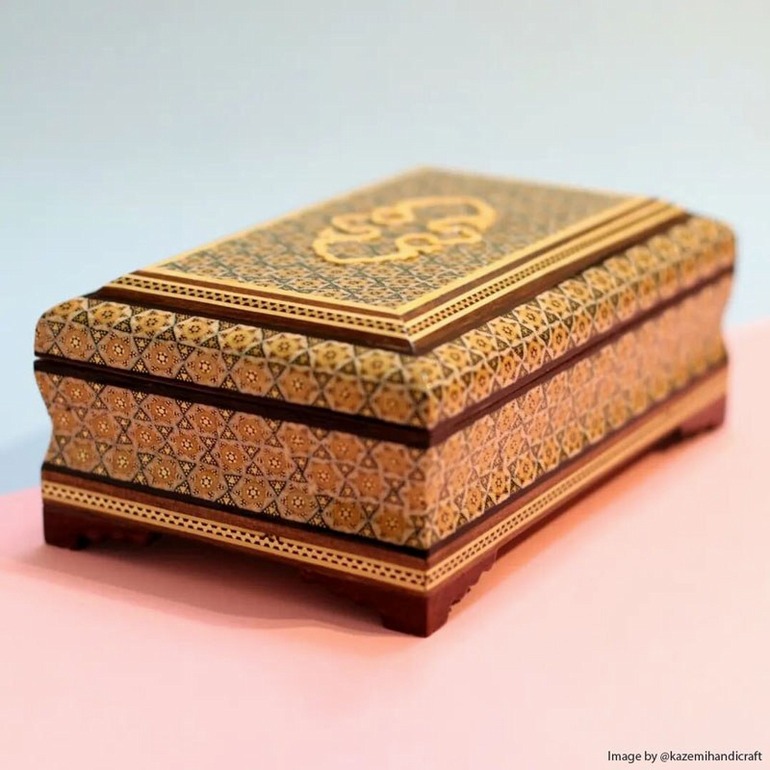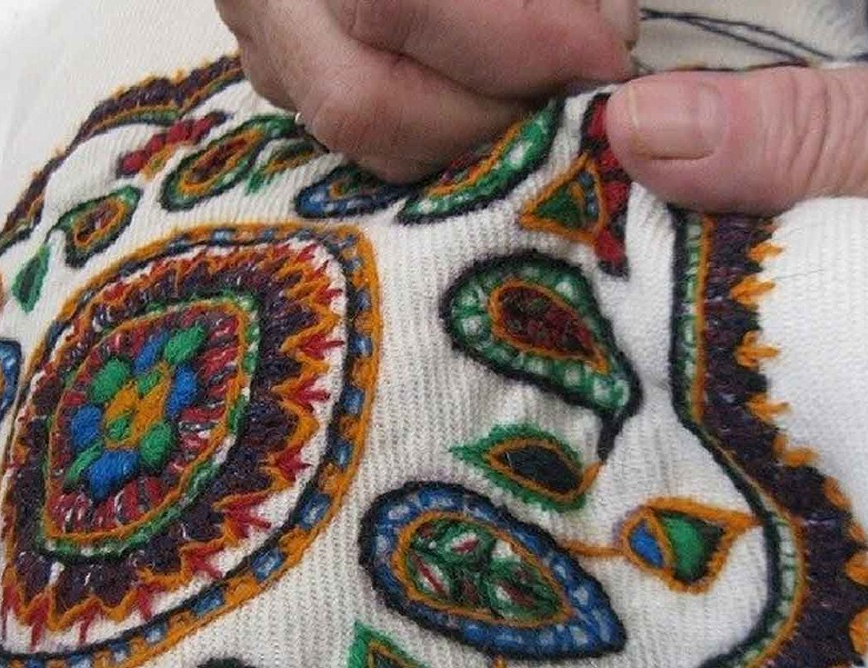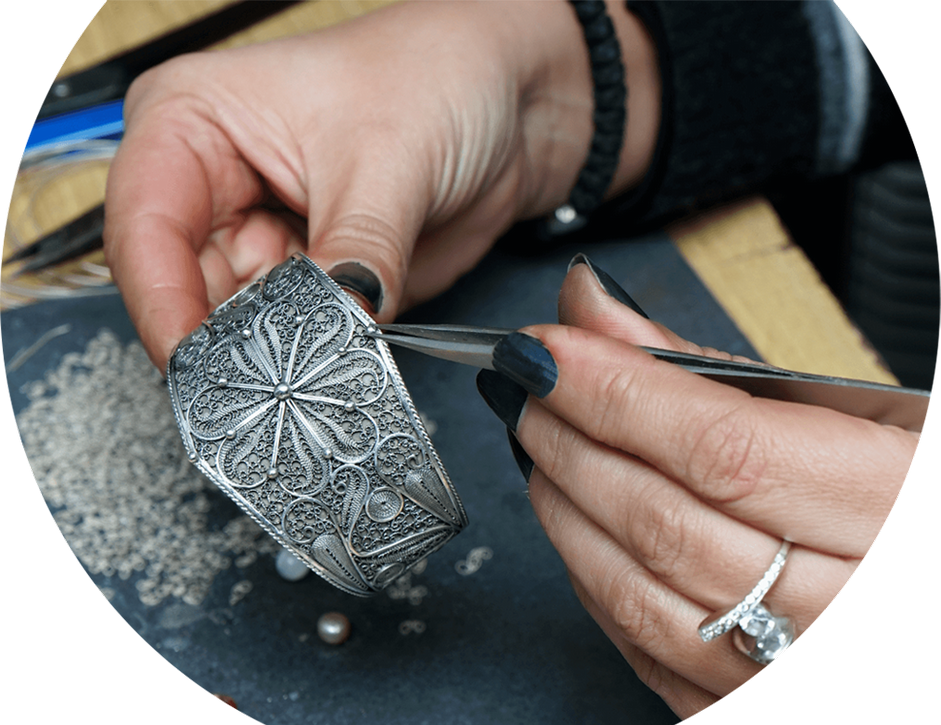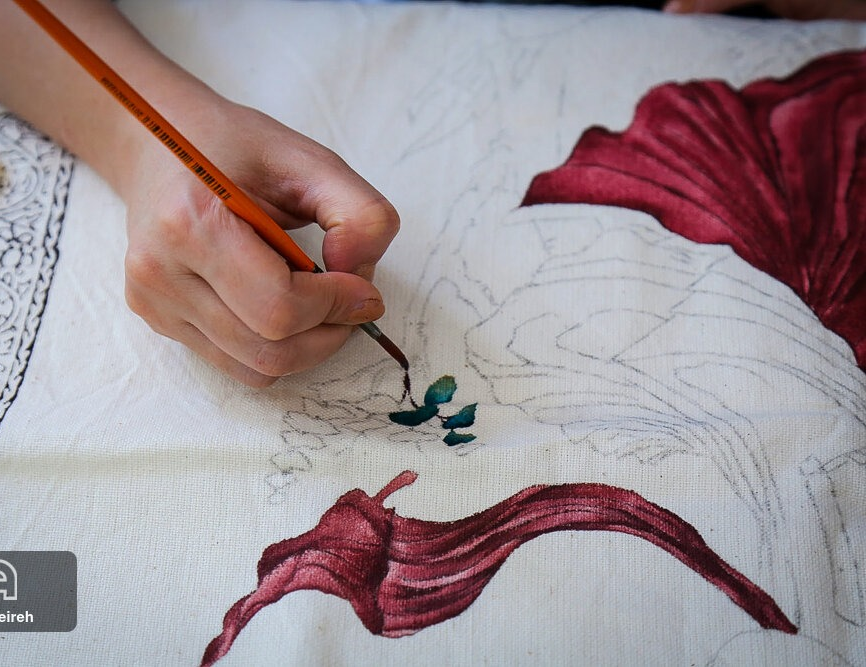
Charuq
Charuq is one of the traditional footwear of Iranians, in the design and sewing of which, in addition to its strength and comfort, attention is also paid to its compatibility with different components of clothes the person wears.
What is Charuq?
Charuq is an old footwear that has been used since the distant past. Experts attribute the origin of Charuq production in Iran to the Sassanid era (3rd to 7th century AD) but consider the peak of its development to the Safavid era (16th century AD). Although, lexicologically, Charuq is probably a Turkish word, this footwear has been used by Iranian people from North Khorasan to Zanjan for a very long time. Charuq has a special design in every community and culture, and even though it is used less than in the past, many types of it are still produced, especially in Quchan of Razavi Khorasan, Bojnurd of North Khorasan, and Zanjan.
Charuq has been so popular in the past that traces of its name can be found in old Iranian literary works like in the story of “Musa va Shaban” (Moses & the Shepherd), one of the most famous stories of Rumi’s Masnavi.
Uses of Charuq
Due to its durability and comfortability, Charuq was mostly used by rural people and peasants in the past. In its traditional form, this footwear has long straps that are wrapped around the calf, so that in addition to protecting the sole and top of the foot, it also protects the calf from cold and getting hurt from possible snake bites and while crossing meadows and mountainous areas. Nowadays, however, this footwear has taken on a more decorative aspect and is often used by women and girls as carpet shoes at home.
Unlike older Charuqs, the ones that have been made since a century ago have heels and are not closed at the back. These types of Charuqs are mostly produced in Zanjan, but the ones produced in North Khorasan have retained their originality. Zanjan Charuqs are offered in different types of “lace”, “strapped” and “full leather”.
Features of Traditional Charuq
Charuq is usually made from tanned cow leather. The embroidery, decorations, patterns, and buckles used in traditional Charuq make it different from ordinary shoes. Parallel stitches are used on the back of Charuq, which are often made of white cotton threads. Some needlework artists embroider a six-pointed flower with pink and gold threads on the back of it, which is considered their signature in a way. The tip of Charuq also has decorations made with colored threads, which is called “Manguleh” (tassel). Installation of leather buckles, which are made by other craftsmen and sewn on both sides of the shoe, constitutes the last step of sewing this footwear. Charuq soles are traditionally made of buffalo leather or Shagreen. The method of sewing and the materials used in Charuq make this footwear warm in winter and cool in summer.
There is no difference between men’s and women’s Charuqs in terms of their shape. Also, the right and left shoes look alike and this feature allows people to exchange the right and left shoes every once in a while to be able to use them for a long time. The traditional Charuqs of North Khorasan are sewn with one piece of leather and are famous for their beautiful red color. This type of Charuq is produced with a raised tip that makes it look like a small boat!
National Recognition
Charuq was inscribed on the list of national heritage of Iran in 2010 under the names of North Khorasan Province (number 66) and Zanjan (number 151). Also, the Charuq embroidery skills of Ardabil as well as Mahabad of West Azarbaijan Province were inscribed on this list in 2012 and 2024 AD respectively. Since Charuq is considered a part of the traditional clothing of some Iranian communities, it was also inscribed on the list of Iran’s National Intangible Heritage as the footwear of Qizilbash Men in 2019.
| Name | Charuq |
| Country | Iran |
| Cities |

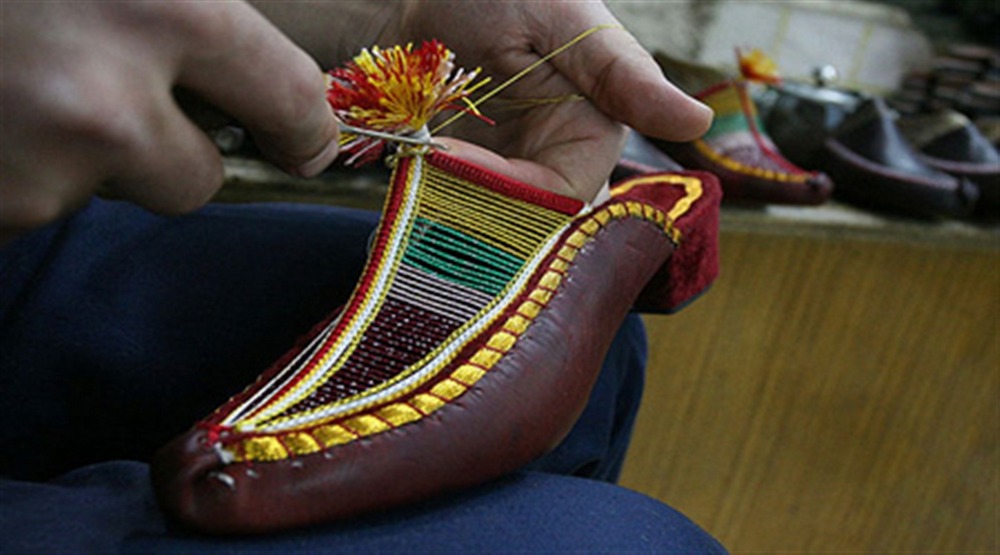
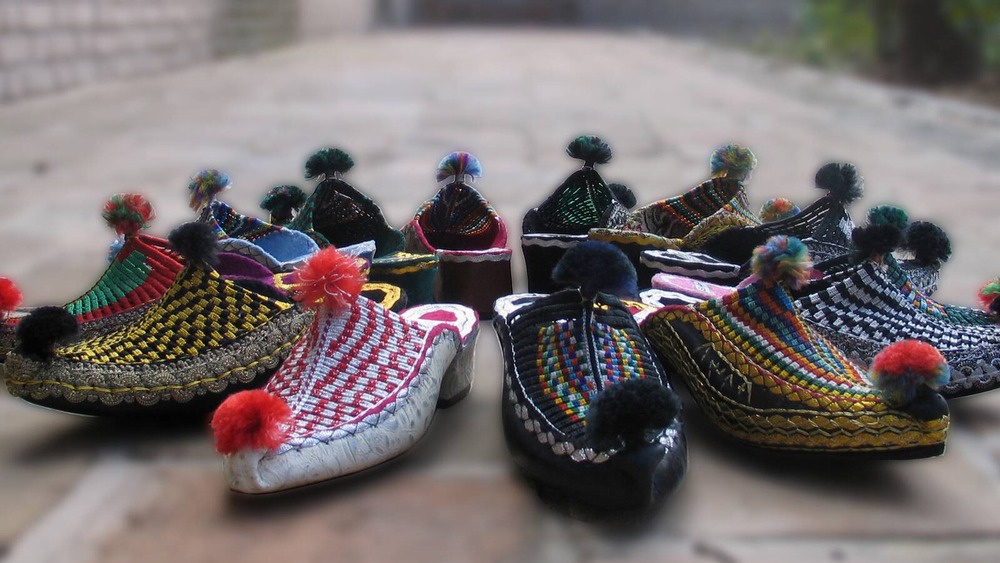



Choose blindless
Red blindless Green blindless Blue blindless Red hard to see Green hard to see Blue hard to see Monochrome Special MonochromeFont size change:
Change word spacing:
Change line height:
Change mouse type:
